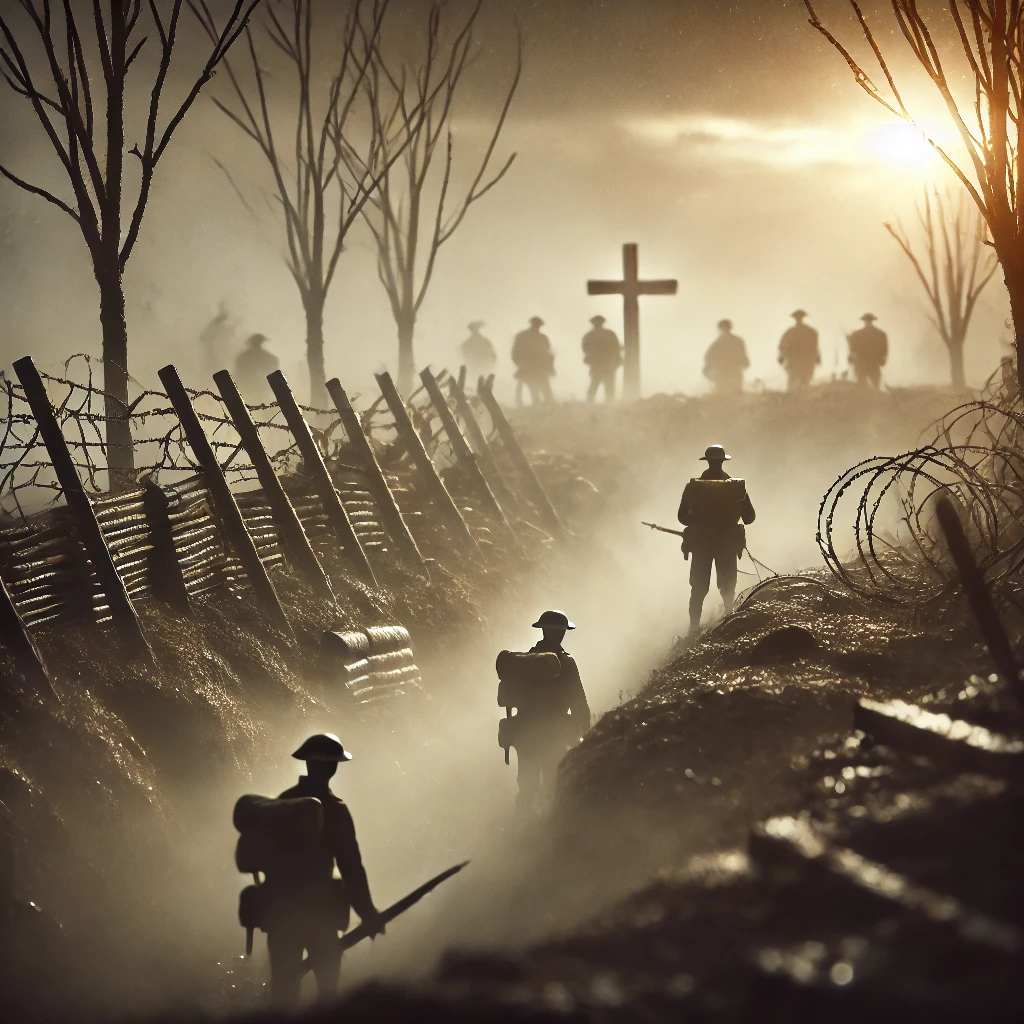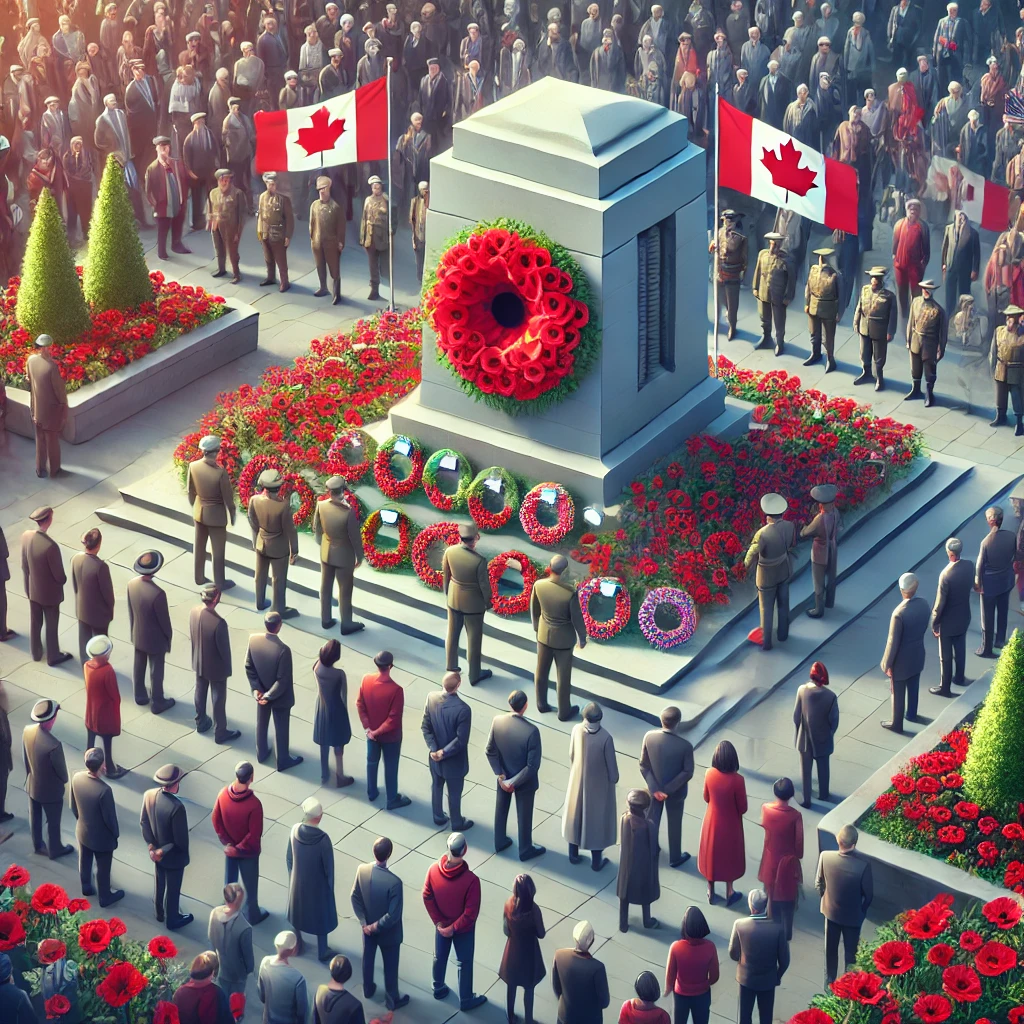On November 11, 1918, at the 11th hour of the 11th day of the 11th month, an armistice was signed that marked the end of the hostilities of World War I. This pivotal moment brought a cessation to four years of brutal conflict, which had claimed millions of lives and altered the course of history. Today, November 11 is observed as Remembrance Day in many countries around the world, a day dedicated to honoring the sacrifices of military personnel who have lost their lives in the line of duty. The legacy of this date is profound, representing not just the end of a devastating war but also a commitment to remembering those who served.

The Historical Context of the Armistice
World War I, also known as the Great War, began in 1914 and involved numerous countries across Europe and beyond. The war was characterized by trench warfare, immense loss of life, and widespread destruction. By 1918, the conflict had reached a stalemate, with both the Allied Powers and the Central Powers suffering immense casualties. As the war dragged on, public sentiment shifted, with calls for peace growing louder.
The armistice signed on November 11, 1918, was the culmination of negotiations between the Allied Powers and Germany. Exhausted and on the brink of collapse, Germany sought an end to hostilities. The terms of the armistice mandated the withdrawal of German forces from occupied territories, the surrender of military equipment, and the cessation of all fighting. When the clock struck eleven, a moment of silence fell across battlefields, signifying not just the end of the fighting, but the hope for lasting peace.

The Significance of Remembrance Day
The signing of the armistice not only marked the end of World War I but also laid the groundwork for future observances of Remembrance Day, also known as Armistice Day or Poppy Day. In the aftermath of the war, nations began to hold commemorative events to honor the fallen soldiers and reflect on the costs of conflict. The red poppy flower became a powerful symbol of remembrance, inspired by the famous World War I poem “In Flanders Fields,” written by Lieutenant Colonel John McCrae.
Remembrance Day is observed in various countries, including Canada, the United Kingdom, Australia, and New Zealand, with ceremonies taking place at war memorials and military cemeteries. People wear poppies as a sign of respect and remembrance for those who served. The day serves as a solemn reminder of the sacrifices made by service members and the importance of striving for peace in the face of war.
A Legacy of Peace and Reflection
The legacy of November 11 extends beyond the immediate aftermath of World War I. The armistice and the subsequent observance of Remembrance Day serve as a crucial reminder of the horrors of war and the need for ongoing dialogue about peace and conflict resolution. As new generations confront the complexities of modern warfare and global conflicts, the lessons learned from the past remain vital.

In many ways, Remembrance Day has evolved to honor all military personnel, including those who have served in subsequent conflicts and peacekeeping missions. The day encourages individuals and communities to reflect on the cost of war and to promote initiatives that support veterans and active service members. By remembering the sacrifices made, society can foster a deeper appreciation for the values of freedom, justice, and peace.
November 11 serves as a powerful reminder of the end of World War I and the sacrifices made by countless individuals in the pursuit of peace. The armistice of 1918 not only marked the conclusion of one of history’s deadliest conflicts but also established a tradition of remembrance that resonates to this day. As we commemorate this significant date, we honor the courage and commitment of those who have served, reaffirming our collective responsibility to promote peace and understanding in our world.
